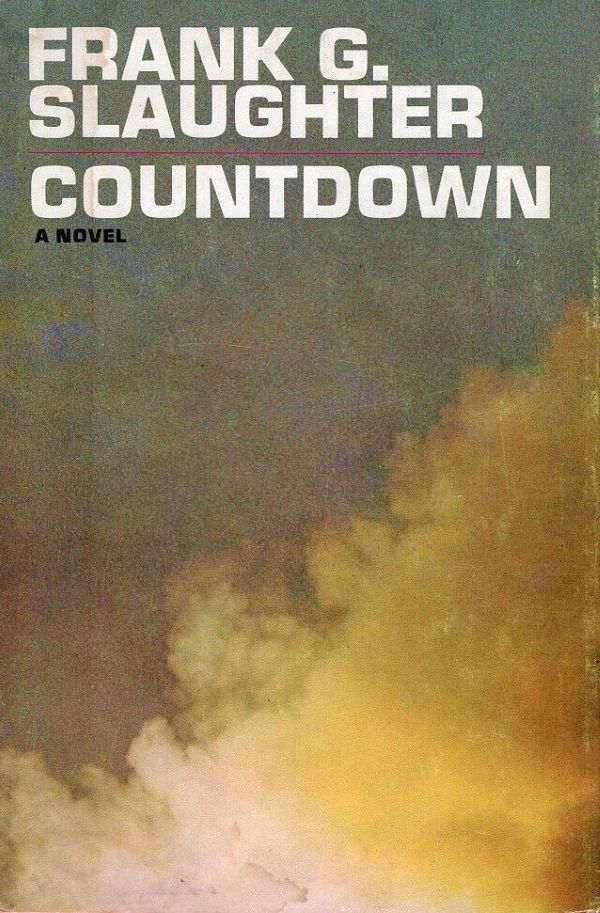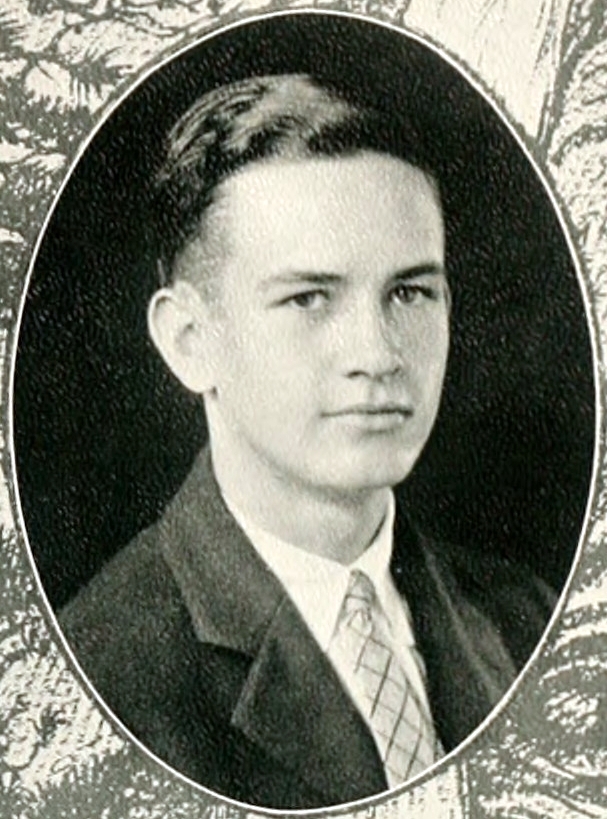Countdown is so 1960s and 70s that one can almost see the bellbottoms, hear the Rolling Stones, and smell the glue and the grass.
High Point: The overall plot is creative with the potential of being a captivating story.
Low Point: The execution of the plot is poor.
Author: Frank G. Slaughter
Publication Date: 1970
Genre: Fiction
Project Gutenberg: Not available
LibriVox: Not available
Movie/TV Adaptation: None
Countdown by Frank G. Slaughter is so 1960s and 70s that one can almost see the bellbottoms, hear the Rolling Stones, and smell the glue and the grass. That, unfortunately, may be the most interesting aspect of the novel.
Countdown recounts the story of a disgraced ex-astronaut who returns to Cape Canaveral to clear his name. At the same time, he’s enlisted to investigate the potentially dodgy development of a new super rocket for use after the Apollo missions.
It’s written along the lines of Michael Crichton’s bestselling novel Airframe, but without the credible technological foundation exhibited by Crichton. In Countdown, the technology, space agency procedures, and the manner in which events unfold are grossly oversimplified. It ruins what starts out as a solid storyline.
Its slightly appealing feature is the way in which it reflects some of the predominant attitudes of its age. The fear of the escalating Soviet military buildup is illustrated by advocating the militarization of space. The boredom with the later Apollo missions is demonstrated by questioning the need and expense of manned spaceflight and exploration.
That slight appeal, however, does not save the novel. Countdown should be counted down—and out.



